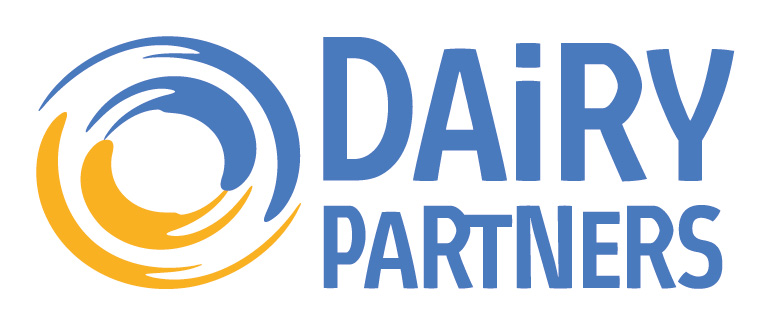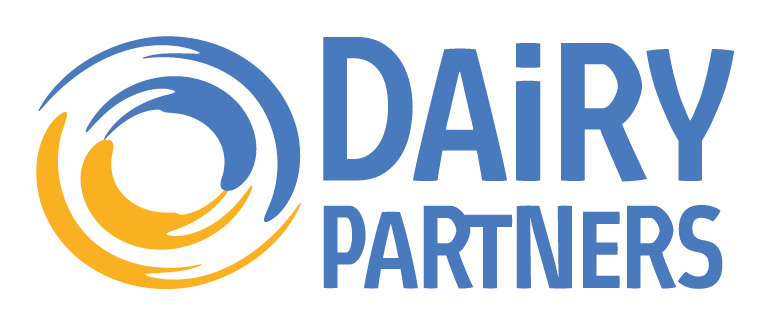Title Page
-
Conducted on
-
Location
-
Auditor's signature : I agree with the audit findings
-
Auditee's name
-
Auditee's Job title
-
SOI<br>Appropriate facilities and procedures shall be in place to control the risk of chemical or physical contamination of product.
4.9.1 Chemical control
4.9.1.1 Management of non food chemicals
-
Processes shall be in place to manage the use, storage and handling of non-food chemicals to prevent chemical contamination. These shall include, at a minimum:
-
an approved list of chemicals for purchase
-
availability of material safety data sheets and specifications
-
confirmation of suitability for use in a food-processing environment
-
avoidance of strongly scented products
-
the labelling and/or identification of containers of chemicals at all times
-
a designated storage area (separate from chemicals used as raw materials in products) with access restricted to authorised personnel
-
use by trained personnel only
-
procedures to manage any spills
-
procedures for the safe, legal disposal or return of obsolete or out-of-date chemicals and empty chemical containers.
4.9.1.2 Use of strongly scented or taint-forming materials
-
Where strongly scented or taint-forming materials have to be used, for instance for building work, procedures shall be in place to prevent the risk of taint contamination of products.
4.9.2 Metal control
4.9.2.1 Sharp metal implements's Policy
-
There shall be a documented policy for the controlled use and storage of sharp metal implements including knives, cutting blades on equipment, needles and wires. This shall include a record of inspection for damage and the investigation of any lost items. Snap-off blade knives shall not be used.
4.9.2.2 Other metal contaminants
-
The purchase of ingredients and packaging which use staples or other foreign-body hazards as part of the packaging materials shall be avoided.
-
Staples, paper clips and drawing pins shall not be used in open product areas.
-
Where staples or other items are present as packaging materials or closures, appropriate precautions shall be taken to minimise the risk of product contamination.
4.9.3 Glass, brittle plastic, ceramics and similar materials
4.9.3.1 Exclusion or protection of glass or other brittle material
-
Glass or other brittle materials shall be excluded or protected against breakage in areas where open products are handled or there is a risk of product contamination.
4.9.3.2 Procedures for handling glass and other brittle materials
-
Procedures for handling glass and other brittle materials (other than product packaging) shall be in place where open products are handled or there is a risk of product contamination. These procedures shall include, at a minimum:
-
a list of items detailing location, number, type and condition
-
recorded checks of the condition of items, carried out at a specified frequency that is based on the level of risk to the product
-
details on cleaning or replacing items to minimise the potential for product contamination.
4.9.3.3 Glass or brittle materials breakage procedures
-
Procedures detailing the action to be taken in the event of breakage of glass or other brittle items shall be implemented and include the following:
-
training of staff in the correct procedure
-
quarantining the products and production area that were potentially affected
-
cleaning the production area
-
inspecting the production area and authorising production to continue
-
changing of workwear and inspection of footwear
-
specifying those staff authorised to carry out the above points
-
recording the breakage incident
-
safely disposing of contaminated product.
4.9.3.4 Glass windows
-
Where they pose a risk to product, glass windows shall be protected against breakage.
4.9.3.5 Bulbs and strip lights (including those on electric fly-killer devices)
-
Where they pose a risk to product, bulbs and strip lights (including those on electric fly-killer devices) shall be adequately protected. Where full protection cannot be provided, alternative management such as wire-mesh screens or monitoring procedures shall be in place.
4.9.4 Products packed into glass or other brittle containers
-
Interpretation
Where products are packed into glass or other brittle materials (e.g. ceramic pots), the risk of breakage is increased and the packaging materials themselves present a significant foreign-body risk. These requirements deal specifically with the additional controls required to reduce the risk of contamination. They do not apply where products are not packed into glass or similar brittle containers. -
Does the site use glass or other brittle materials, like ceramic pots as packaging?
4.9.4.1 Storage of glass or other brittle containers
-
The storage of the containers shall be segregated from the storage of raw materials, product or other packaging.
4.9.4.2 Systems to manage container breakages between the container-cleaning/inspection point and container closure
-
Systems shall be in place to manage container breakages between the container-cleaning/inspection point and container closure. This shall include, as a minimum, documented instructions which ensure:
-
the removal and disposal of at-risk products in the vicinity of the breakage; this may be specific for different equipment or areas of the production line
-
the effective cleaning of the line or equipment which may be contaminated by fragments of the container; cleaning shall not result in the further dispersal of fragments, for instance by the use of high-pressure water or air
-
the use of dedicated, clearly identifiable cleaning equipment (e.g. colour-coded) for removal of container breakages; such equipment shall be stored separately from other cleaning equipment
-
the use of dedicated, accessible, lidded waste containers for the collection of damaged containers and fragments
-
a documented inspection of production equipment is undertaken following the cleaning of a breakage, to ensure cleaning has effectively removed any risk of further contamination
-
authorisation given for production to restart following cleaning
-
the area around the line being kept clear of broken glass.
4.9.4.3 Records of containers breakages on the line
-
Records shall be maintained of all container breakages on the line. Where no breakages have occurred during a production period, this shall also be recorded. This record shall be reviewed to identify trends and potential line or container improvements.
4.9.5 Wood in open product areas
4.9.5.1 Wood management
-
Wood should not be used in open product areas except where this is a process requirement (e.g. maturation of products in wood). Where the use of wood cannot be avoided, its condition shall be monitored on a risk-based frequency to ensure it is in good condition and free from damage or splinters which could contaminate products.
-
Wood used for food contact purposes shall be fit for purpose (e.g. free from damage or splinters, free from taint; and wood treatments, where used, are used only in accordance with legislation and approved for food use).
4.9.6 Other physical contaminants
4.9.6.1 Debagging an deboxing procedures
-
Procedures shall be in place to prevent physical contamination of raw materials by raw material packaging (e.g. during debagging and deboxing procedures to remove the packaging).
4.9.6.2 Portable handheld equipment
-
Portable handheld equipment, e.g. stationery items (pens, pencils etc.), mobile phones, tablets and similar portable items used in open product areas, shall be controlled by the site to minimise the risk of physical contamination. The site may consider, for example:
-
excluding non-approved items
-
restricting the use to site-issued equipment
-
ensuring stationery items such as pens are designed without small external parts and are detectable by foreign-body detection equipment, or are used in designated areas where contamination is prevented.
-
4.9.6.3 Other types of foreign-body contamination
-
Based on risk, procedures shall be implemented to minimise other types of foreign-body contamination (i.e. types of contamination that are not specifically covered in section 4.9).















